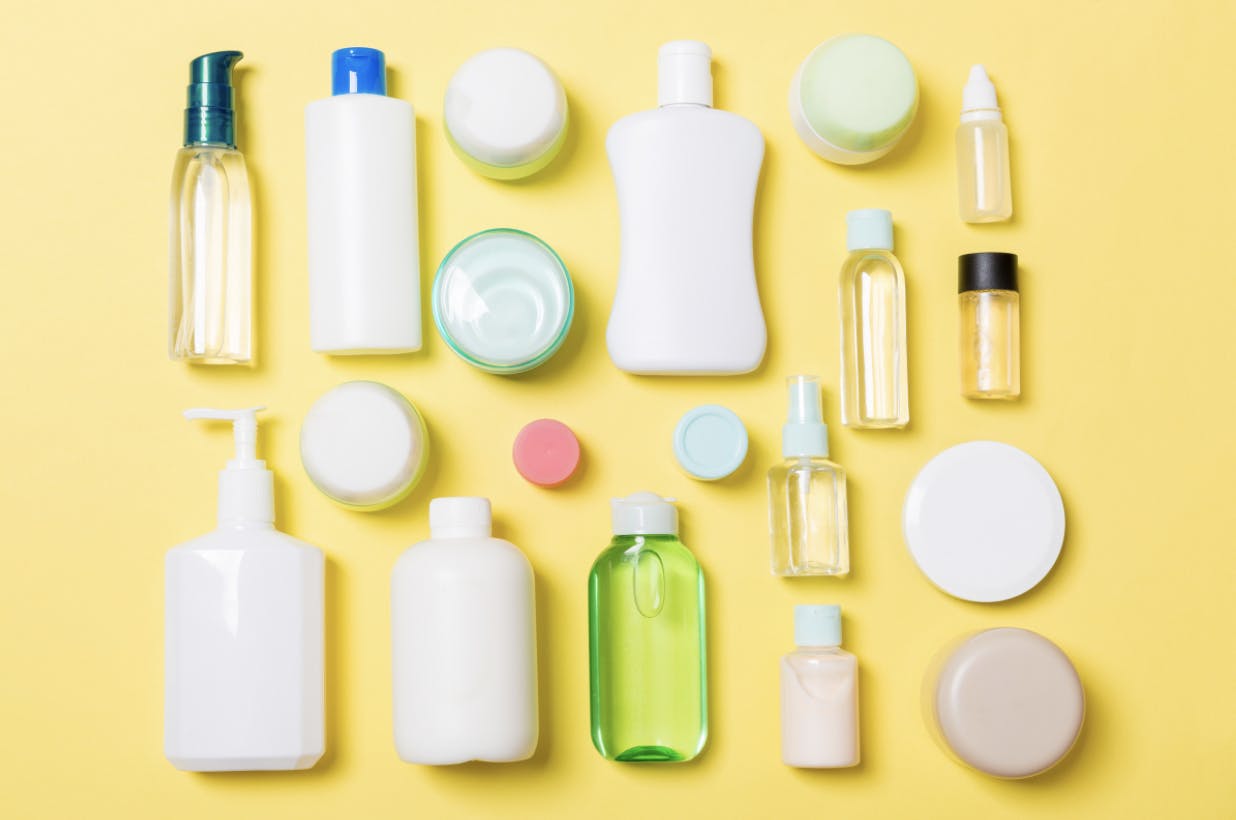“Non-essentials” are proving to be more essential than we previously predicted. Toys, office supplies, and health and beauty products are just a few of the many consumer packaged goods (CPG) that are in high demand from consumers who are sheltering in place and staying home. To help keep kids (and parents) sane while staying indoors, parents are purchasing more toys and games to keep their kids busy while they work from home. And now that a majority of people are working from home or schooling online, they need to build out their home offices. And in turn that is increasing purchases of office goods and supplies. Plus, now that people have more time on their hands, there has been a jump in beauty, skincare, and health and wellness products as people are incorporating self-care into their daily routines.
Yes, shelf-stable food, hand sanitizers, cleaning supplies, and toilet paper were and still are considered “essential” products but as time passes and people continue to shelter-in-place, consumers are seeking products that will keep them entertained, occupied, and help them maintain their normal routines such as regular exercise or monthly haircuts. Consumers are now searching for products that bring a sense of normalcy.
“That heightened emotion of the everyday life-saving products slows down a little and then we start to think about more amusing but equally important things around lifestyle issues,” said Wendy Liebmann, CEO and Chief Shopper at WSL Strategic Retail, on The ECRM Podcast. “I’ve noticed that retailers like Michael’s have been sending out crafting and school supplies promotions and some companies are even sending out information about how to help kids get exercise.”
Products such as toys, games, puzzles, electronics, arts and crafts are helping keep consumers, especially kids, busy and entertained with long hours indoors.
“Consumers have prepared for their family’s survival over an extended period by stocking up on the basic necessities, but as schools and workplaces stay closed, phase two of the big scramble begins,” says Juli Lennett, NPD’s toys industry advisor. “U.S. parents loaded up on items to keep their kids occupied at home, help them navigate their new homeschooling situation, and to also be a source of entertainment for the whole family as we spend more time at home.”
Your normal sales of traditional school supplies and art categories are growing and of those categories, products like paint, paint supplies, construction paper, crayons, color markers, and chalk are only increasing.

With many offices being closed and people working from home, office supplies are on the rise. Since people need to build out a workspace that they may not have previously had, they are shopping for conferencing accessories, headsets, desks, mousepads, and more.
While we may not be allowed to socialize in person, that’s not stopping people from hosting happy hours with family, friends, and co-workers, but of course all virtually. And because of these virtual social events, some food items and alcoholic beverage sales are increasing.
Another way consumers are spending their free time is taking on those huge spring cleaning and organizing projects around the house. Purchases of cleaning supplies, organizational products, and even garden supplies are increasing.
Plus, with all the extra time on our hands, consumers are finally taking the time to focus on their health and wellness. Whether that means practicing makeup techniques, coloring their hair, working out, or boosting skincare regimens, consumers are ramping up on products that will help them achieve their health and wellness goals.

“Consumers are looking to comfort themselves, and a lot of that is with skincare,” said Marlea Clark, CMO of Stella Rising during our recent podcast interview. “Masks, anything exfoliating or anything with skin benefits are really doing extremely well as people are reaching out for those products that will make their skin look better, that will be a little time spent caring for themselves and making themselves feel better in these very scary times.”
According to Stella Rising’s research, consumers are spending more time online searching for information and education about products and beauty regimens. “We are seeing those search results up all-around topics of caring for yourself, or searching for ingredients,” added Clark. “They have more time to spend on brands’ websites.”
Now that we know some of the “non-essential” products are actually essential to a lot of consumers, how do you market to them during a quarantine? Right now, marketing these types of products means communicating a solution to a problem. Plus, more and more consumers are finding themselves online and on social media so finding new creative and intriguing engagement opportunities is a must during this time. Stay tuned for our next post where we will break down the best marketing and engagement tactics during the pandemic.
Inspired by ECRM’s blog post: The Next Wave of Essential Products Will Help Consumers Cope with Isolation

